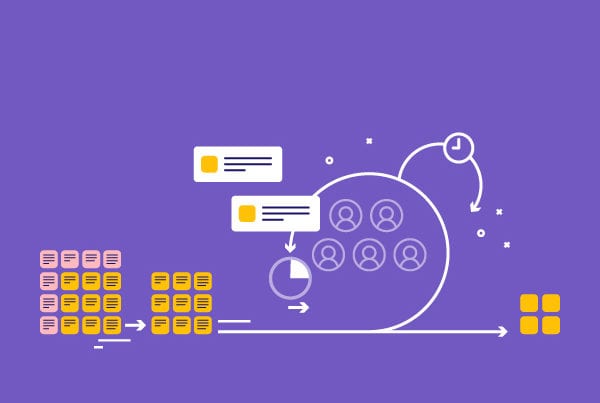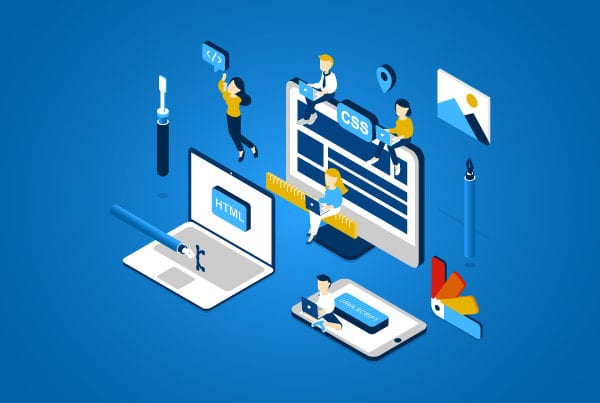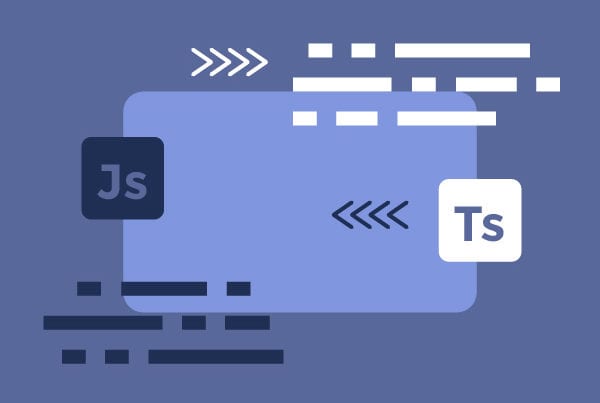Agile methodologies
The term “Agile” was first used for a set of software development methods and practices in early 2017. Close collaboration between developers and stakeholders, with early and frequent deliveries, continuous improvement and great adaptability to change are part of its foundations -which you can see in the Agile Manifesto and the 12 principles based on the manifesto. In a world where technology and trends are continuously developing and shifting, the ability to respond and adapt to it is vital in order to succeed. Today, we’d like to introduce you to some of the benefits of these Agile Methodologies, which are used by 94% of organizations in one way or another.

1 – Stakeholder participation and transparency
Customer collaboration is one of the four pillars of the Agile Manifesto. This means the client is involved throughout the project, which helps the team really understand their vision, and therefore reduces delays or setbacks due to unmet expectations. This close collaboration also leads to transparency in the work practices along the project; given that stakeholders are completely involved in it, they can see and have a say on everything that’s going on and how it is being done.
This close collaboration is really positive since it means stakeholders have more confidence in the team’s abilities and that encourages engagement to the project by the team.
2 – Flexibility
Agile is not a magic solution for all organizations and businesses; it is adaptable in the same way it requires from its users. Each company has its unique circumstances and requirements, and Agile provides different methodologies and testing methods to help you meet your goals.
The two main Agile Methodologies are Scrum and Kanban. Scrum is the preferred choice for cross-functional teams working on a product with tasks that can be divided into more than one iteration (called “sprint” and usually lasting two to four weeks). Key features and goals are defined prior to each sprint to complete a specific set of tasks or product increment. Meanwhile, Kanban is basically an extensive to-do list where requirements are tracked according to their stage in the process (basically, to-do, doing, testing, and done). However, it is not time-based like Scrum is; what matters here is the priority of the task at hand.
As for testing, there are many methods, such as Behavior Driven Development (BDD), where testing revolves around the expected behavior of the product being developed; Acceptance Test Driven Development (ATDD) that prioritizes the user’s perception of a product and believes that should be what drives its performance; and exploratory testing, a type of functional testing that gives testers ownership of the code, among several others.

3 – Early delivery and predictable costs
Sprints mean that you will be able to deliver a new product or feature in a short period of time. As we mentioned on a previous article, short-spanned projects or deliveries mean you can have your product available to users faster, which means you can start getting feedback and verify your idea in the market, reducing risks and costs. Also, once you have launched your app, Agile Methodologies allow you to add new features quickly and regularly thanks to fixed-schedule sprints.
Moreover, sprints allow you to easily predict your costs, as there is only a certain amount of work your team will be able to carry out during it. Clients can also learn from sprint to sprint, which means they can improve their decision-making abilities regarding priorities or schedule changes.
4 – High quality
All three of the previous points translate into a high-quality product. The team will deal with one piece of the project at a time, which will make it easier for them to focus and deliver a great product. Furthermore, because you will have frequent deliveries and periodic testing, you will be able to find bugs and get feedback from clients and users on a sprint-to-sprint basis. Agile teams often conduct retrospectives where they reflect on the work done and find ways to deal with any difficulties they’ve encountered. In addition to this, user stories are a common practice in Agile; these focus on the needs of users and are meant to contribute to the value of the product and not just be another IT component.
All of these practices assure you are getting higher customer and user satisfaction, and, therefore, a higher quality end product.
5 – Good response to change
It is not just the work methodologies and tools that are adaptable; Agile allows for constant refinement and reprioritization of tasks. If something isn’t working, if a new feature is needed or demanded by users, or if there have been budget adjustments, you can reorganize your backlog and adapt it to the changes of our current world.
6 – There is a broad spectrum of tools and resources
Finally, a variety of tools have been developed to help you organize your work in an Agile way. From simple things like boards to more complex software like Jira; here are some of them:
- Boards: Agile boards are a great way to organize work and visualize the progress of a project.
- Jira: it was developed for tracking bugs and issues and to manage software and app development. It includes many functions and features and it is quite adaptable to each team.
- Slack: this is a team communication tool which includes groups and private messaging. It also has integrations with multiple services such as Google Drive, Asana, and GitHub which come very handy. It can be used on your browser or as a web or mobile app.
- Asana: this is a team management tool to share, organize and track the progress of each member of your team.
And these are just the tip of the iceberg, there are many more available, such as Trello or ActiveCollab, which means you can choose the ones that best fit your team.

6 benefits of working with Agile methodologies
Conclusion
Working with Agile Methodologies is a win-win situation. It benefits both the development team and the client. It is the best way to make the most of your resources, decrease risk and improve your chances of success. It is a faster, more efficient and more productive way to develop any software. But don’t take our word for it, put it into practice and enjoy the many benefits it provides.





